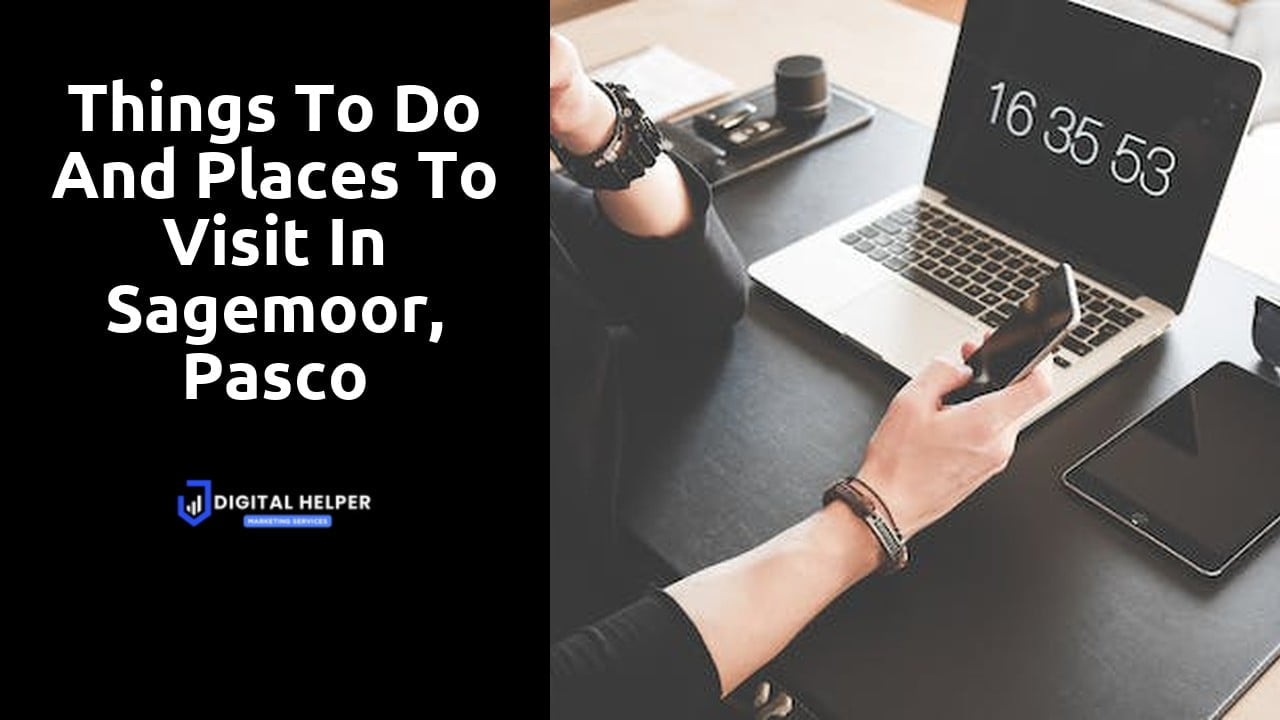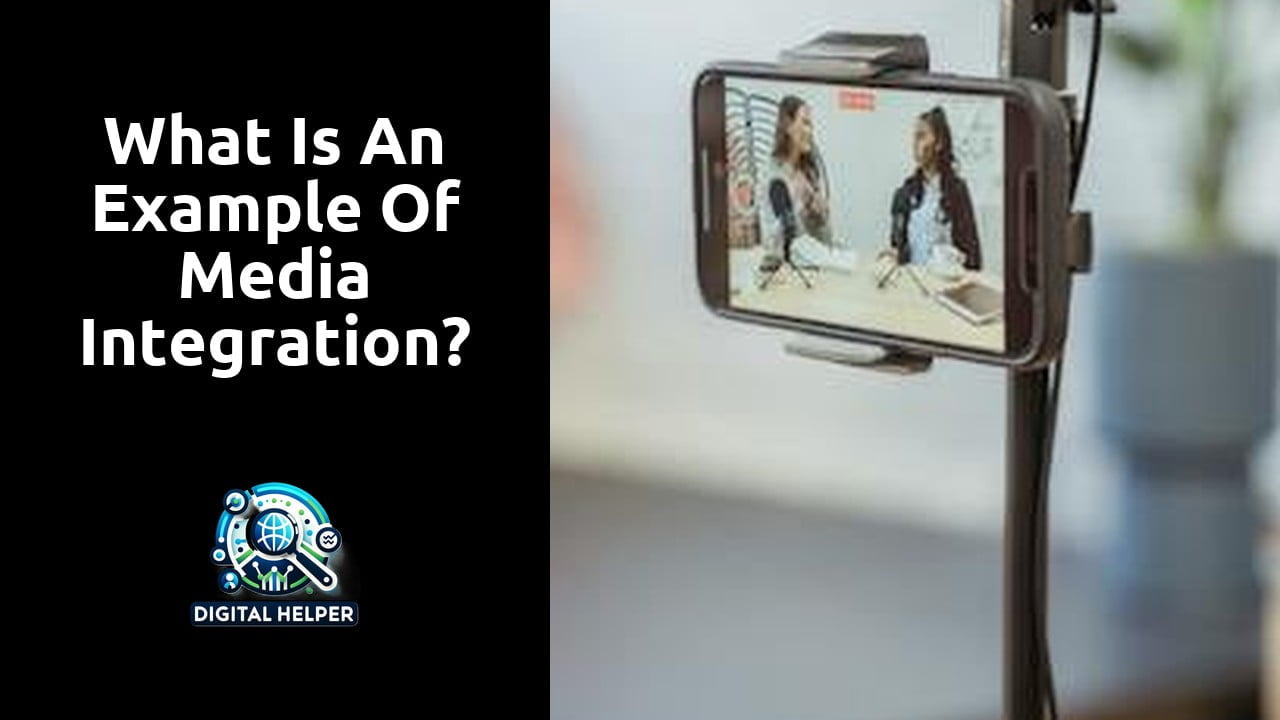Website Design for Wedding Planners
Website Design for Wedding Planners
Creating a compelling and effective website is crucial for wedding planners. Your website not only acts as a digital storefront but also a portfolio showcasing your expertise, style, and professionalism. This article delves into essential elements and best practices for designing a website that attracts and converts potential clients.
Understanding Your Target Audience
Before diving into the design specifics, it’s essential to understand your target audience. Wedding planners typically cater to couples, often brides, looking for someone to execute their vision flawlessly. Knowing your audience will guide the design choices, ensuring the website is appealing and functional for their needs.
Understanding the demographics of your target audience is vital. This includes age, gender, location, and income level. For instance, if your primary clients are young professionals, your website should have a modern and sleek design. If they’re more traditional, a classic and elegant look might be more appropriate. Tailoring your website’s design to your audience’s demographics ensures it resonates with them.
In addition to demographics, psychographics play a crucial role. This involves understanding their interests, values, and lifestyle. Are they looking for a lavish, high-end wedding or a simple, intimate ceremony? Do they value sustainability and eco-friendly practices? By aligning your website’s content and design with these psychographic factors, you can create a more personalized and engaging experience for potential clients.
Understanding user goals is equally important. Potential clients visit your website with specific needs and questions, such as what services you offer, your pricing, and your previous work. Addressing these goals clearly and promptly on your website can significantly enhance user satisfaction and increase the likelihood of conversion.
Essential Features of a Wedding Planner Website
Stunning Visuals
Weddings are highly visual events, and your website should reflect this with high-quality images and videos. Use a mix of professional photos from past events, candid shots, and styled shoots.
Tips for Visuals:
- Invest in professional photography.
- Use high-resolution images.
- Incorporate videos or virtual tours.
- Ensure images are optimized for the web to avoid slow load times.
Stunning visuals are essential in capturing the imagination of potential clients. High-quality images and videos can convey the beauty and emotion of weddings you have planned, making visitors envision their special day. Investing in professional photography ensures that the visuals are of the highest standard, reflecting your attention to detail and commitment to quality.
Using a mix of professional photos, candid shots, and styled shoots can provide a comprehensive view of your work. Professional photos highlight your expertise, candid shots capture genuine moments, and styled shoots showcase your creativity. This variety can appeal to different aspects of what potential clients are looking for in a wedding planner.
Optimizing images for the web is crucial to maintain fast load times. High-resolution images can slow down your website, leading to a poor user experience. Use tools to compress images without losing quality and ensure that videos are also optimized for quick loading. This balance between quality and performance is key to keeping visitors engaged.
User-Friendly Navigation
Your website should be easy to navigate. A cluttered or confusing layout can turn potential clients away. Use a clear, hierarchical menu structure and logical categorization.
Navigation Elements:
- Top Menu: Home, About, Services, Portfolio, Testimonials, Blog, Contact.
- Footer Menu: Repeat the top menu links, add social media links, and a newsletter sign-up.
A user-friendly navigation system is critical for retaining visitors on your website. A clear, hierarchical menu structure helps users easily find the information they are looking for. For instance, having a top menu with categories like Home, About, Services, Portfolio, Testimonials, Blog, and Contact provides a logical flow and makes the site intuitive to use.
The footer menu should complement the top menu by repeating essential links and adding elements like social media links and a newsletter sign-up. This redundancy ensures that users can navigate to important sections of your site from anywhere on the page. It also provides additional opportunities for engagement through social media and newsletters.
Logical categorization within the menus enhances usability. Each section should be organized in a way that makes sense to the user. For example, under Services, you could have sub-categories for different types of packages or specialties. This detailed organization helps users quickly find the specific information they need, reducing frustration and increasing the chances of conversion.
Detailed Services Page
Clearly outline the services you offer. Be specific about what each package includes. This transparency helps set expectations and builds trust.
Services Page Tips:
- Use bullet points for easy readability.
- Include pricing or a starting price range.
- Highlight any unique offerings or specialties.
- Provide a clear call-to-action for inquiries or bookings.
A detailed services page is essential for informing potential clients about what you offer. Clearly outlining each service with specific details helps set expectations and builds trust. Using bullet points enhances readability, allowing users to quickly scan and understand the services you provide.
Including pricing or at least a starting price range is crucial for transparency. It helps potential clients gauge whether your services fit their budget, saving time for both parties. If you offer customizable packages, mentioning a starting price can still provide a useful reference point.
Highlighting any unique offerings or specialties can set you apart from competitors. Whether it’s a specific style, a niche market, or additional services like destination weddings, emphasizing these unique aspects can attract clients looking for something special. A clear call-to-action, such as a prompt to inquire or book a consultation, guides users to the next step, making it easy for them to engage with you.
Portfolio Showcase
Your portfolio is arguably the most critical section of your website. It should showcase your best work, highlight your style, and demonstrate your versatility.
Portfolio Tips:
- Categorize by wedding type or theme.
- Include client testimonials with each project.
- Use before-and-after shots if relevant.
- Regularly update with new projects.
The portfolio section is where potential clients can see your work in action. Showcasing your best projects highlights your style and demonstrates your versatility. Categorizing the portfolio by wedding type or theme can help users find examples that match their vision, making it easier for them to imagine you planning their wedding.
Including client testimonials with each project adds a layer of authenticity and social proof. Positive feedback from past clients can significantly boost your credibility and make new clients feel more confident in your abilities. If applicable, before-and-after shots can be a powerful way to show the transformation and impact of your services.
Regularly updating your portfolio with new projects keeps the content fresh and relevant. It shows that you are active and continuously producing high-quality work. This ongoing activity can reassure potential clients that you are current with trends and in demand.
Testimonials and Reviews
Social proof is powerful. Include a section for client testimonials and reviews. Authentic feedback from satisfied clients can significantly boost your credibility.
Testimonials Tips:
- Use real names and photos if possible.
- Feature a mix of short quotes and detailed reviews.
- Include a link to your Google or Yelp reviews.
Testimonials and reviews are critical for building trust and credibility. Featuring real names and photos makes the testimonials more authentic and relatable. Potential clients are more likely to trust feedback from real people who have experienced your services.
A mix of short quotes and detailed reviews can cater to different users. Some might prefer quick snippets that capture the essence of the feedback, while others might appreciate in-depth reviews that provide more context and detail. This variety ensures that you appeal to a broader audience.
Including links to your Google or Yelp reviews can further enhance credibility. These platforms are known for their authenticity, and positive reviews there can carry significant weight. Encouraging satisfied clients to leave reviews on these platforms can also help improve your visibility and reputation online.
Blog Section
A blog can drive traffic to your site, establish your expertise, and improve SEO. Write about wedding tips, trends, behind-the-scenes stories, and client spotlights.
Blog Tips:
- Regularly update with fresh content.
- Incorporate keywords for SEO.
- Use a mix of text, images, and videos.
- Encourage social sharing.
A blog section is a valuable tool for driving traffic and establishing your expertise. Regularly updating the blog with fresh content keeps visitors coming back and signals to search engines that your site is active. Topics like wedding tips, trends, behind-the-scenes stories, and client spotlights can engage your audience and provide valuable information.
Incorporating relevant keywords into your blog posts can improve your SEO and help potential clients find your site. Tools like Google Keyword Planner or SEMrush can assist in identifying the best keywords to target. Using a mix of text, images, and videos makes the content more engaging and caters to different preferences.
Encouraging social sharing can extend the reach of your blog posts. Adding social media buttons makes it easy for readers to share content with their networks, potentially attracting more visitors to your site. Engaging content that resonates with your audience is more likely to be shared, increasing your visibility and credibility.
Contact Information
Make it easy for potential clients to reach you. Include multiple contact methods and ensure your contact page is easily accessible from all parts of the site.
Contact Page Elements:
- Contact form.
- Email address.
- Phone number.
- Business address (if applicable).
- Social media links.
Providing multiple contact methods ensures that potential clients can reach you in the way that is most convenient for them. A contact form is a simple and effective way for users to send inquiries directly from your website. Including your email address and phone number offers additional options for those who prefer direct communication.
If you have a physical location, including your business address can be useful for local clients. It adds a layer of credibility and makes it easier for clients to visit if needed. Social media links provide another avenue for engagement and allow potential clients to follow you for updates and inspiration.
Ensuring that the contact page is easily accessible from all parts of the site is crucial. A link in the top menu and footer menu ensures that users can quickly navigate to the contact page, no matter where they are on your site. Making it easy to get in touch enhances user experience and increases the likelihood of conversion.
Design Principles
Simplicity and Elegance
Wedding planning is synonymous with elegance, and your website should reflect this. Use a clean, minimalistic design with plenty of white space. Avoid clutter and focus on creating a serene, inviting atmosphere.
Simplicity and elegance are key principles in designing a wedding planner website. A clean, minimalistic design with ample white space creates a serene and inviting atmosphere. This approach not only looks aesthetically pleasing but also makes the content more readable and easier to navigate.
Avoiding clutter is essential to maintain a sophisticated look. Too many elements can overwhelm visitors and detract from the overall experience. Focus on essential elements and use them strategically to guide users through the site. This streamlined approach ensures that the most important information stands out.
Using elegant fonts, a cohesive color palette, and high-quality images can enhance the overall design. These elements should align with your brand identity and convey a sense of professionalism and style. Consistency in design reinforces your brand and creates a cohesive experience for users.
Consistent Branding
Ensure your branding is consistent across the website. Use a cohesive color palette, fonts, and imagery that align with your brand identity.
Consistent branding is crucial for creating a cohesive and professional website. A cohesive color palette, fonts, and imagery that align with your brand identity help reinforce your brand and make it more recognizable. Consistency in design elements creates a seamless experience for users and builds trust in your brand.
Using the same colors, fonts, and styles across all pages ensures that your website looks unified and professional. This consistency extends to all visual elements, including buttons, icons, and images. A well-defined style guide can help maintain this consistency and ensure that all design elements align with your brand.
Consistent branding also involves using your logo and brand voice consistently throughout the site. Your logo should be prominently displayed, and the tone of your content should reflect your brand’s personality. This alignment between visual and verbal elements creates a strong and cohesive brand presence.
Mobile Responsiveness
A significant portion of web traffic comes from mobile devices. Ensure your website is fully responsive, providing an excellent user experience across all devices.
Mobile responsiveness is essential in today’s digital landscape, where a significant portion of web traffic comes from mobile devices. Ensuring your website is fully responsive means it adapts seamlessly to different screen sizes and provides an excellent user experience across all devices.
A responsive design ensures that all elements of your website, including images, text, and navigation, adjust to fit the screen size. This adaptability enhances usability and ensures that users can easily access information, regardless of the device they are using. A mobile-friendly website can also improve your search engine rankings, as search engines prioritize mobile-responsive sites.
Testing your website on various devices and screen sizes can help identify and fix any issues. Using tools like Google’s Mobile-Friendly Test can provide insights into how well your site performs on mobile devices. Ensuring a smooth and intuitive experience for mobile users can increase engagement and conversion rates.
Fast Load Times
Slow websites can frustrate users and lead to higher bounce rates. Optimize images, use efficient coding practices, and consider a reliable hosting service to ensure fast load times.
Fast load times are critical for retaining visitors and reducing bounce rates. Slow websites can frustrate users and lead them to abandon your site. Optimizing images, using efficient coding practices, and choosing a reliable hosting service are key steps to ensure fast load times.
Optimizing images involves compressing them without losing quality and using appropriate file formats. Tools like TinyPNG can help reduce file sizes while maintaining image quality. Efficient coding practices, such as minimizing CSS and JavaScript files, can also improve load times.
Choosing a reliable hosting service with good performance and uptime guarantees is essential. A high-quality hosting service can significantly impact your website’s speed and reliability. Regularly monitoring and testing your website’s performance can help identify and address any issues, ensuring a smooth and fast user experience.
SEO Best Practices
Keyword Research
Identify and incorporate relevant keywords that potential clients might use to find wedding planners. Use tools like Google Keyword Planner or SEMrush for research.
Keyword research is the foundation of effective SEO. Identifying and incorporating relevant keywords that potential clients might use to find wedding planners can significantly improve your search engine rankings. Tools like Google Keyword Planner or SEMrush can help you identify the best keywords to target.
Once you have identified relevant keywords, incorporate them naturally into your website content. This includes page titles, headings, meta descriptions, and throughout the body text. Avoid keyword stuffing, as it can negatively impact your rankings. Instead, focus on creating valuable and informative content that incorporates keywords in a natural and meaningful way.
Regularly updating your keyword strategy based on trends and changes in search behavior can help maintain and improve your rankings. Monitoring your website’s performance and making adjustments as needed ensures that your SEO efforts remain effective and aligned with your business goals.
On-Page SEO
- Title Tags and Meta Descriptions: Include primary keywords.
- Header Tags: Use H1 for the main title and H2 for subheadings.
- Alt Text for Images: Describe your images with keywords.
- Internal Linking: Link to other relevant pages on your site.
On-page SEO involves optimizing individual pages to improve their search engine rankings. Including primary keywords in title tags and meta descriptions can enhance your site’s visibility. Title tags should be concise and descriptive, while meta descriptions should provide a brief summary of the page content, enticing users to click.
Using header tags (H1 for the main title and H2 for subheadings) helps search engines understand the structure and content of your pages. Proper use of header tags can improve readability and SEO performance. Including keywords in these tags can further enhance your rankings.
Alt text for images provides descriptions for search engines and improves accessibility for users with visual impairments. Describing your images with relevant keywords can enhance your site’s SEO. Internal linking to other relevant pages on your site can improve navigation, distribute link equity, and help search engines understand the structure of your website.
Quality Content
High-quality, original content is essential for SEO. Ensure your content is engaging, informative, and valuable to your audience.
Quality content is a cornerstone of effective SEO. High-quality, original content that is engaging, informative, and valuable to your audience can significantly improve your search engine rankings. Providing content that addresses the needs and interests of your target audience encourages longer visits and higher engagement.
Creating content that is well-researched, well-written, and relevant to your audience helps establish your expertise and authority in the wedding planning industry. Incorporating keywords naturally and strategically throughout your content can improve its SEO performance. Regularly updating your content keeps it fresh and relevant, signaling to search engines that your site is active.
In addition to written content, using a mix of media, such as images, videos, and infographics, can enhance engagement and appeal to different types of users. High-quality content that provides value to your audience can attract more visitors, encourage social sharing, and improve your overall SEO performance.
Backlinks
Build backlinks from reputable sites to improve your domain authority. Collaborate with wedding blogs, industry publications, and local business directories.
Building backlinks from reputable sites is a powerful way to improve your domain authority and search engine rankings. Backlinks from high-quality, authoritative sites signal to search engines that your content is valuable and trustworthy. Collaborating with wedding blogs, industry publications, and local business directories can be effective strategies for acquiring quality backlinks.
Guest posting on reputable wedding blogs and industry publications can provide valuable backlinks and expose your brand to a broader audience. Creating high-quality, shareable content can also attract natural backlinks from other sites. Engaging with local business directories and industry-specific listings can further enhance your online presence and credibility.
Regularly monitoring your backlink profile and disavowing any low-quality or spammy links can help maintain the integrity of your site. Building and maintaining a strong backlink profile is an ongoing process that requires consistent effort and strategic planning.
Conclusion
A well-designed website can be a game-changer for wedding planners. By focusing on stunning visuals, user-friendly navigation, clear service descriptions, a robust portfolio, authentic testimonials, and consistent blogging, you can create a compelling online presence. Additionally, adhering to design principles and SEO best practices will ensure your website attracts and retains potential clients, helping your business grow.
FAQ on Website Design for Wedding Planners
1. Why is understanding the target audience important for wedding planner websites?
Understanding your target audience is crucial because it guides your design choices, ensuring that the website is both appealing and functional for their needs. Wedding planners typically cater to couples, often brides, who are looking for someone to execute their vision flawlessly. Knowing their demographics, psychographics, and user goals helps create a more personalized and effective website.
2. What are the essential visual elements for a wedding planner website?
Stunning visuals are essential for a wedding planner website because weddings are highly visual events. The website should feature high-quality images and videos, including professional photos from past events, candid shots, and styled shoots. Investing in professional photography and ensuring images are optimized for the web to avoid slow load times is also important.
3. How should a wedding planner website’s navigation be structured?
A wedding planner website’s navigation should be user-friendly and easy to navigate. A clear, hierarchical menu structure is essential. The top menu should include links to Home, About, Services, Portfolio, Testimonials, Blog, and Contact. The footer menu can repeat these links and add social media links and a newsletter sign-up.
4. What information should be included on the services page of a wedding planner website?
The services page should clearly outline the services offered, using bullet points for easy readability. It should include pricing or a starting price range, highlight any unique offerings or specialties, and provide a clear call-to-action for inquiries or bookings. Transparency in the services page helps set expectations and builds trust with potential clients.





